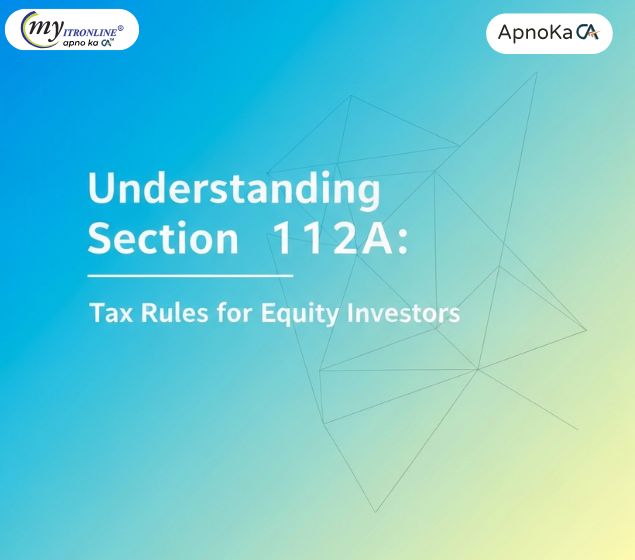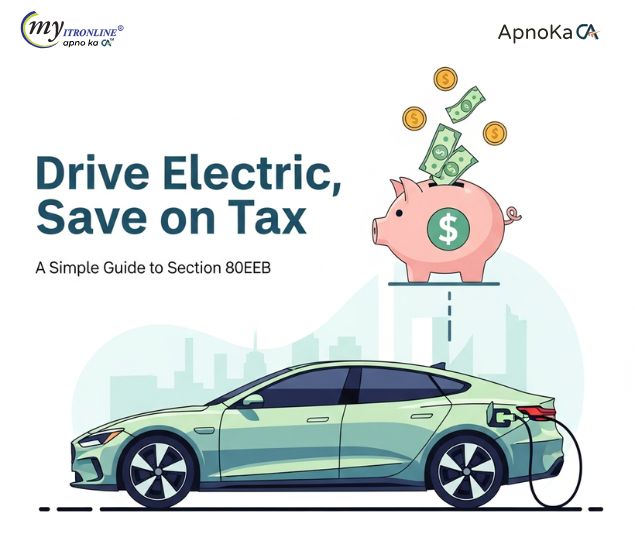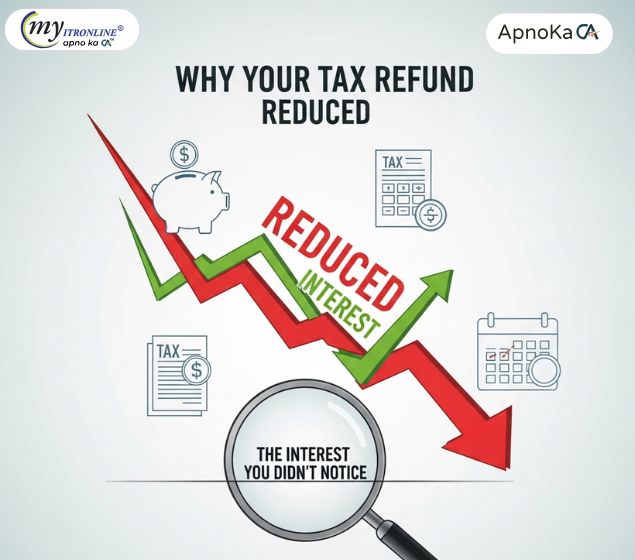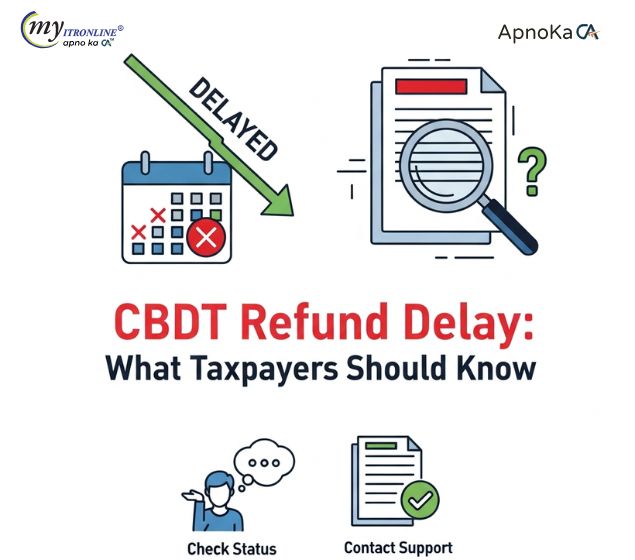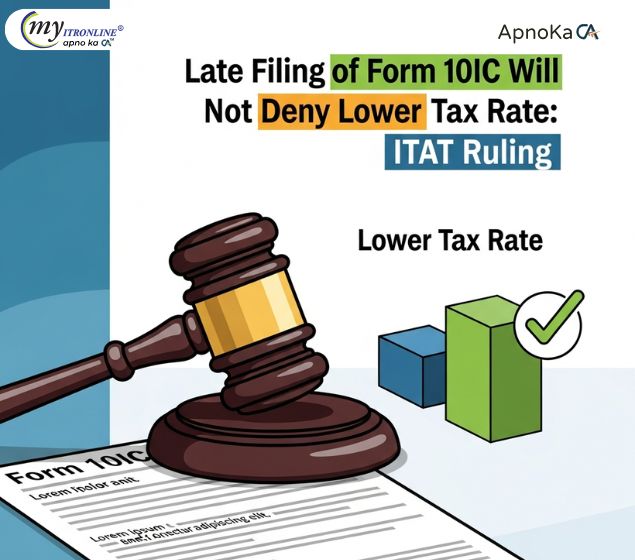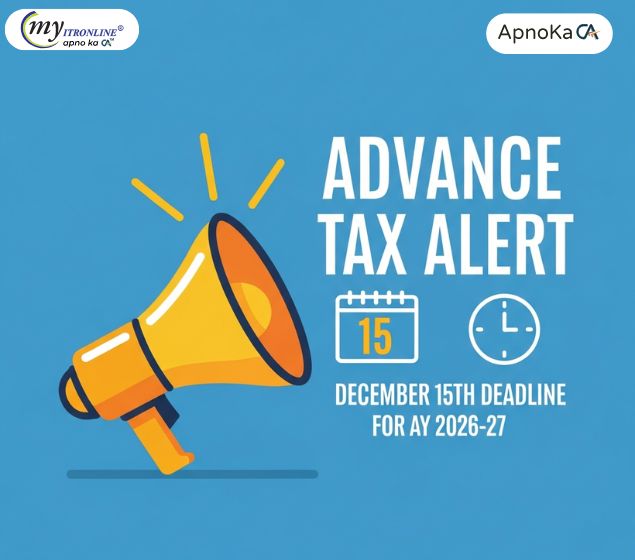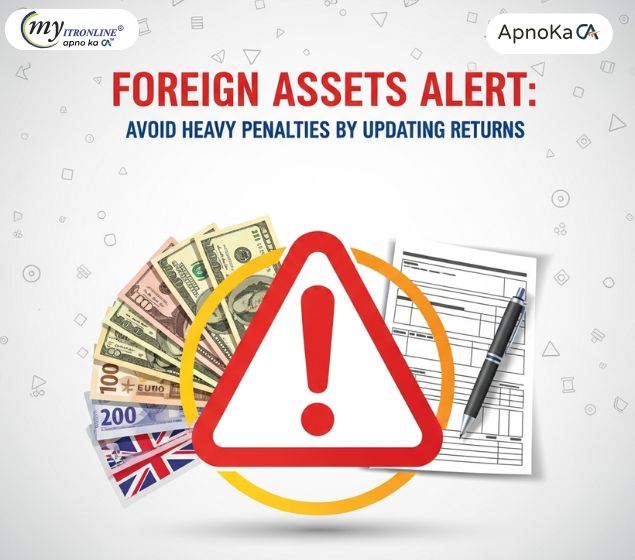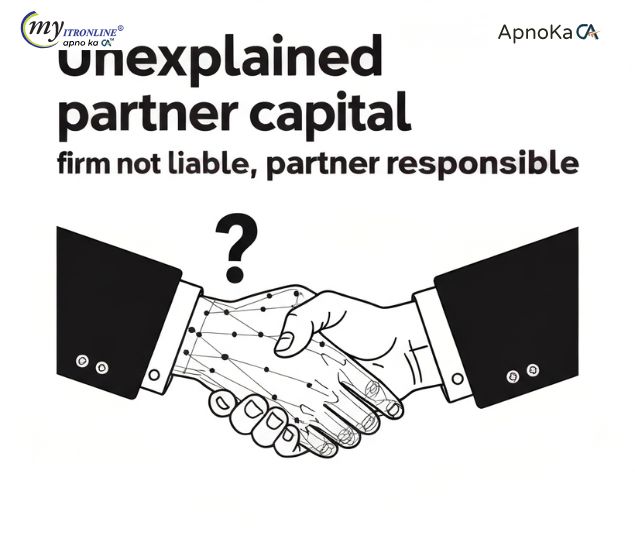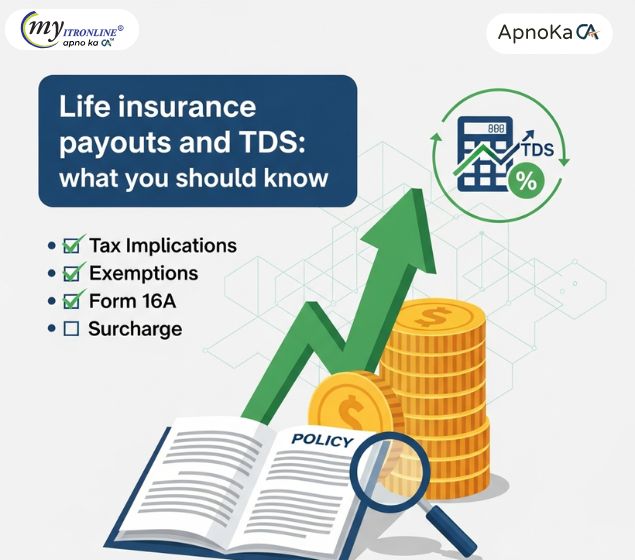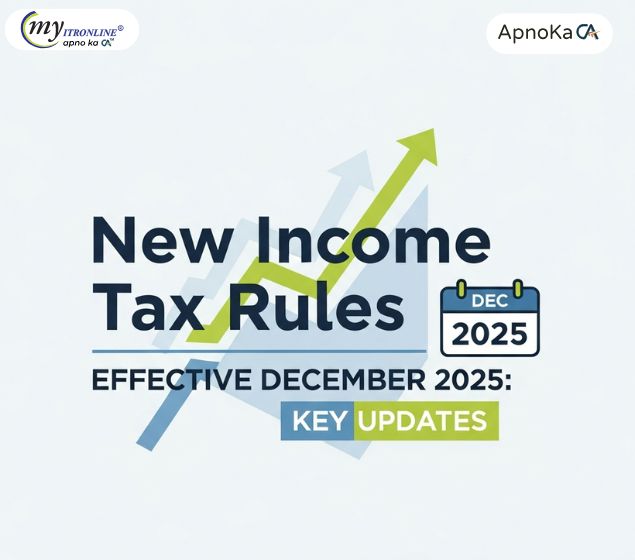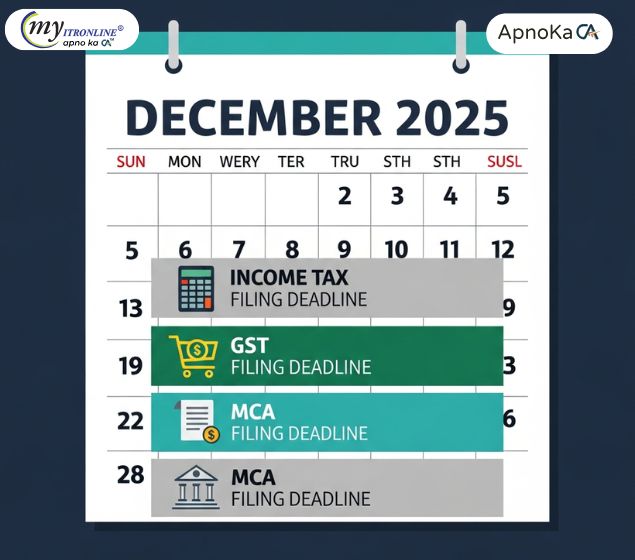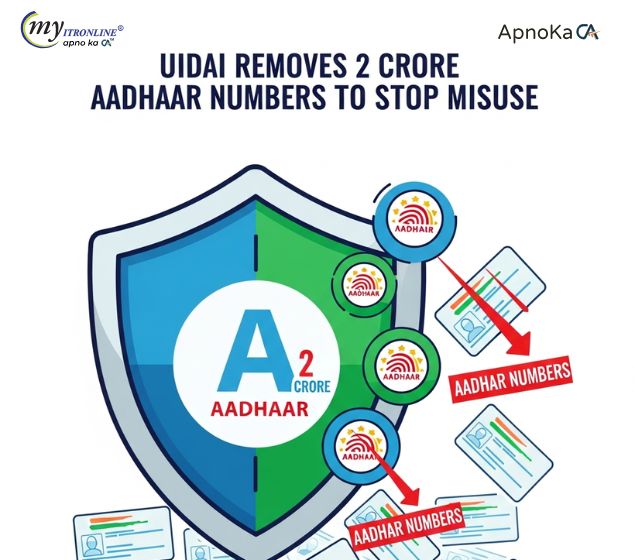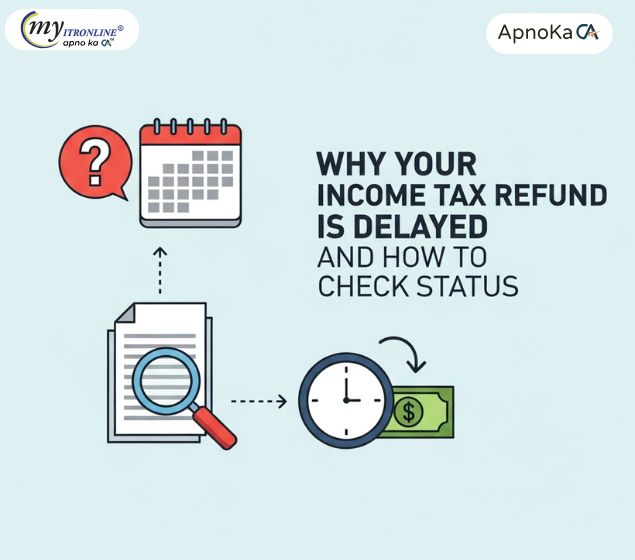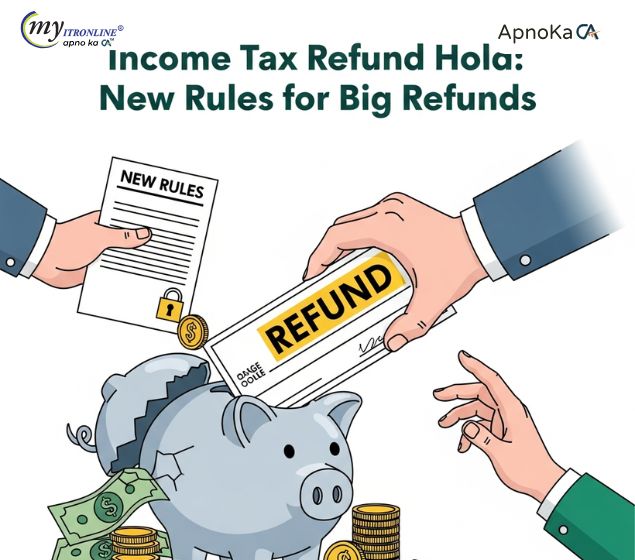Understanding India's VDA & Crypto Tax Rules for FY 2025-26: A Complete Breakdown
This blog provides a comprehensive guide to the taxation of Virtual Digital Assets (VDAs) and cryptocurrencies in India for the Financial Year 2025-26. It details the prevailing rules, including the flat 30% tax on all profits, the stringent policy of no loss set-off or carry forward, and the mandatory 1% TDS on transactions. The article also covers the tax implications for gifts, airdrops, and staking, along with the mandatory ITR filing requirements, to help Indian investors and traders navigate the tax landscape and ensure full compliance.
.jpg )
For India's growing group of crypto investors and traders, the start of the Financial Year 2025-2026 brings a strict set of tax regulations. The new rules from the Finance Act 2022 are still in effect, reinforcing the government's framework for taxing Virtual Digital Assets (VDAs).
As of the latest updates for FY 2025-26, there have been no major changes to the crypto tax structure. The flat 30% tax on gains and the 1% Tax Deducted at Source (TDS) remain unchanged. With the government collecting ₹705 crore in taxes from VDAs over the last two financial years, it’s clear that compliance is closely monitored.
This detailed blog outlines everything you need to know to remain compliant during the current financial year (April 1, 2025, to March 31, 2026), which corresponds to the Assessment Year (AY) 2026-27.
What Qualifies as a Virtual Digital Asset (VDA)?
The Income Tax Act provides a broad definition of a VDA under Section 2(47A). It includes:
- Any information, code, number, or token generated through cryptographic means. This covers cryptocurrencies like Bitcoin and Ethereum, as well as Non-Fungible Tokens (NFTs).
- The government can expand this definition to include other digital assets.
- Importantly, both Indian and foreign currencies are excluded. The RBI's proposed Digital Rupee is legal tender and not subject to these VDA tax rules.
The Cornerstones of VDA Taxation for FY 2025-26
The entire crypto tax system is built on two key parts of the Income Tax Act: Section 115BBH (tax on income) and Section 194S (TDS).
1. The 30% Flat Tax on All Profits (Section 115BBH)
Any income or profit from the "transfer" of a VDA is taxed at a flat rate of 30%, plus any applicable cess and surcharges. This applies no matter your personal income tax slab or how long you held the asset. A "transfer" includes selling for fiat currency (like INR), swapping for another crypto, or spending it on goods and services.
Crucial Point on Deductions: The only expense you can deduct from your sale price is the cost of acquisition. This means you cannot claim deductions for transaction fees, gas fees, exchange charges, or mining costs.
2. The Unforgiving Rules on Losses
This aspect of the VDA tax structure can be very harsh for traders.
- No Set-Off of Losses: You cannot offset losses from one crypto transaction against profits from another. For example, if you earn a ₹20,000 profit on Ethereum but face a ₹40,000 loss on another altcoin, you still owe a 30% tax on the ₹20,000 profit. The loss does not count.
- No Carry Forward: You cannot carry VDA losses into future financial years to offset future gains.
3. The 1% TDS on Transactions (Section 194S)
To create a clear record of VDA transactions, the government requires a 1% Tax Deducted at Source (TDS) on the transfer of these assets.
- Thresholds: TDS applies to transactions over ₹50,000 in a financial year for "specified persons" (individuals/HUFs with lower business turnovers) and ₹10,000 for everyone else.
- Who Deducts: The buyer is responsible for deducting TDS. On Indian exchanges, this usually happens automatically. For peer-to-peer (P2P) transactions or those on foreign exchanges, the buyer must manually deduct and deposit the TDS.
- Claiming TDS: This deducted amount will show up in your Form 26AS, and you can claim it as credit against your final tax liability when you file your income tax return.
Taxation of Other Crypto Activities
The tax rules also apply to more than just buying and selling. Here’s how other common scenarios are treated:
- Gifts: If you receive VDAs as a gift from a non-relative and the total value exceeds ₹50,000 in a year, the entire amount is taxable as "Income from Other Sources" at your applicable slab rate. Gifts from close relatives are exempt from this initial tax. However, selling the gifted crypto later means any profit will be taxed at the flat 30% rate.
- Airdrops: Airdropped tokens are treated as income and taxed at your slab rate based on their Fair Market Value when you receive them. When you sell these tokens later, any profit is taxed at the flat 30% VDA rate.
- Staking and Mining: Income from staking or mining is taxable. This income usually falls under "Income from Other Sources" at your slab rate. When you sell these earned assets, the gains will again be taxed at 30%.
- Salary in Crypto: If you receive your salary in a VDA, its fair market value on the date you receive it counts as income and is taxed based on your individual income tax slab.
Mandatory Reporting and ITR Filing
Compliance is now a must. The government requires you to report all VDA transactions.
- Schedule VDA: You need to report all crypto gains in a specific section called "Schedule VDA" in your Income Tax Return (ITR).
- Correct ITR Form: Individuals with crypto income can't use the simpler ITR-1 form. You must use
ITR-2(if you regard gains as capital gains) orITR-3(if you see it as business income). - Foreign Assets: If you hold crypto on foreign exchanges, you also need to fill out
Schedule FA (Foreign Assets)in your ITR. Not disclosing this can lead to severe penalties under the Black Money Act.
The Bottom Line for FY 2025-26
The Indian government's view on crypto is clear: it is a taxable asset class with strict and unique rules. The flat 30% tax, combined with the inability to offset losses, creates significant challenges for profitability. During this financial year, every investor and trader should prioritize careful record-keeping of all transactions, including dates, costs, sale values, and exchange details.
FILING YOUR INCOME TAX RETURN F.Y 2024-25 (A.Y. 2025-2026) WITH MYITRONLINE
The income tax filing deadline is right around the corner. If you haven’t filed yet, do it today with Myitronline! Avoid last minute rush and file your tax return today on MYITRONLINE in Just 5 mins.(www.myitronline.com)
If you are looking for eCA assistance to file your income tax return/ GST, you can opt for MYITRONLINE eCA assisted plan starting
Upload Salary Individual Form-16
If you have any questions with filing your tax return, please reply to this mail. info@myitronline.com OR call 9971055886,8130309886.
Note-All the aforementioned information in the article is taken from authentic resources and has been published after moderation. Any change in the information other than fact must be believed as a human error. For queries mail us at marketing@myitronline.com
Krishna Gopal Varshney
An editor at apnokacaKrishna Gopal Varshney, Founder & CEO of Myitronline Global Services Private Limited at Delhi. A dedicated and tireless Expert Service Provider for the clients seeking tax filing assistance and all other essential requirements associated with Business/Professional establishment. Connect to us and let us give the Best Support to make you a Success. Visit our website for latest Business News and IT Updates.
Leave a reply
Your email address will not be published. Required fields are marked *Share this article
Krishna Gopal Varshney, Founder & CEO of Myitronline Global Services Private Limited at Delhi. A dedicated and tireless Expert Service Provider for the clients seeking tax filing assistance and all other essential requirements associated with Business/Professional establishment. Connect to us and let us give the Best Support to make you a Success. Visit our website for latest Business News and IT Updates.
View articles








